Prairie View Panther
The Process – The Reason For A Digital Model

In traditional sculpting process a sculptor might present pencil sketches to a client to approve a design. Instead we sent digital models. The reason for these models are that we can see what a sculpture will look like from all directions. Sculpting is not like painting, you have to walk around the sculpture and have it present well from all sides. Digital models help us to do that. Another aspect of the digital model is that I can sculpt on it in the computer adding some detail before sending it off for enlargement. The digital model will really aid us in enlarging this sculpture as you will soon see. Before sending this off for enlargement the university requested I change the shape of the tail. They are concerned with breakage. We tried different tails with the pose and settled on something similar to this. Of course these are only digital sketches, of the direction we are going.
This is from the Prairie View A&M Blog created for this project.
What Is a Panther?
This is a very good question. As the carnivore keeper at the Houston Zoo- Josh Young said, “Saying you are sculpting a panther is like saying you are sculpting a bird.” “Panthera” is basically the genus of large cats, which would include lions, leopards jaguars, tigers cheetahs etc. What is the cat that most people think of when they say panther? It is a melanistic variant of another cat, most likely it is a black leopard or a jaguar. Now here is something really interesting, as the name states above, you can see spots on a “panther” black leopard if you look in the right light. So, for clarification we are looking at black leopards for this sculpture. But…. the black leopard does appear to be a smaller big cat… I went to my sources for this. Here is what Sam at the zoo had to say.
“Thanks for being patient with me as I gathered my facts for you! You were asking about black leopards specifically, so I will try to answer your questions without being too vague. Leopards are an interesting species to study as they are found in so many different habitats from Africa to Asia. Melanistic (or black) phased individuals are primarily found in southeast Asia and nearly all of the leopards on Java are melanistic. That being said, evolutionarily speaking, the black phase seemed to develop in the more densely forested areas as the darker color blends in better and these individuals could be more successful in hunting and avoiding detection. Another trait that develops in densely forested areas is smaller body size. Smaller predators can move more easily through the dense trees than larger ones. The reason I am telling you this is that if you look at leopard sizes they have a varied range (even among melanistic). Male Leopards average about 150lbs, but in some regions they can routinely reach 200lbs or more. Our spotted male weighs 130lbs and the black female weighs about 67lbs. Leopards average 3-6 feet from nose to tail, with tails averaging about 23-44 inches. Since you are looking at the melanistic phases, I would use the low end of that scale.”
Just to be safe we made our “panther” much bigger. I mean… it is, after all, a representation of something very big.
This is from the Prairie View A&M Blog created for this project.
More Research At The Zoo
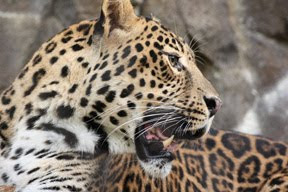
My photographer of choice for any project is Christina Diliberto at Diliberto Photo and Design.Be sure to check out her blog post on the project to see some of her amazing photographs of the cats.We entered the zoo as early as possible in hopes of catching the cats in action before it got too hot. The keepers did everything they could for us, letting the cats out a little at a time and entertaining them to help us to get good reference photographs. The day time temperatures here in Houston have been in the 100’s, making any cat feel a bit lethargic, so coming early was necessary.
Photographic reference is taken of the cats at the Houston Zoo.
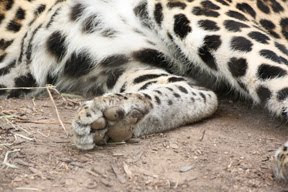
We spent time talking with the keepers. Chris took many photographs. While I paid close attention to the details, anatomy and differences in the cast, all the while picking the brains of the carnivore keepers. I think we have about 500 photographs, and a wealth of information that can be used as reference.Though we are working on a “panther” we spent time taking pictures of all of the cats and not just the black leopard. The anatomy is not that different from cat to cat, and the keepers and I spent a great deal of time in comparisons and discussion. I’ll go into more detail about the term “panther” but first let me share with you some shots from the zoo. Of course, I agree with Christina’s choice, but here are a few more I like.
For me it is in the detail. “take pictures of the bottom of the feet.” Chris has worked with me long enough to know what I want. I hardly have to say anything.I like this last picture because it seems to be so symbolic of life. Sometimes you just have to find your footing! Chris said she was sorry she couldn’t zoom in and focus quick enough. I still love it.
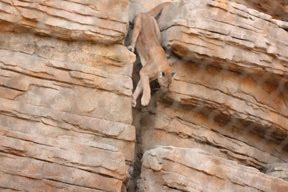
My photographer of choice for any project is Christina Diliberto at Diliberto Photo and Design.
Photographic reference is taken of the cats at the Houston Zoo.
How Big Is It?
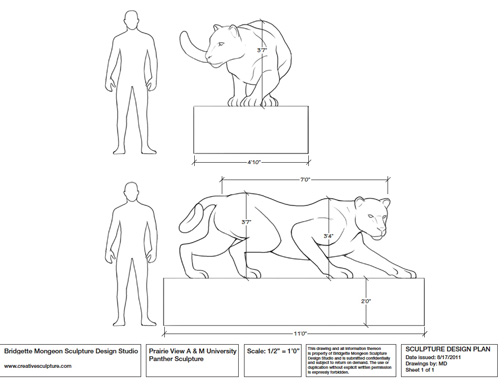
That is a good question. Here is a sketch. Now, B. Mongeon Sculpture Design is not responsible for the pedestal, that would be the landscapers decision. But I’m for having a short pedestal. I am sure there are many students, visitors and alumni who will want to have their picture taken next to this massive sculpture. Hmmm. I wonder who will be the first? I hope you will all send your pictures to me Bridgette ( the at sign) creativesculpture.com. I would love to put them on the blog.
This is from the Prairie View A&M Blog created for this project.
New Panther Poses For Client
Preliminary Poses for the Prairie View Panther.
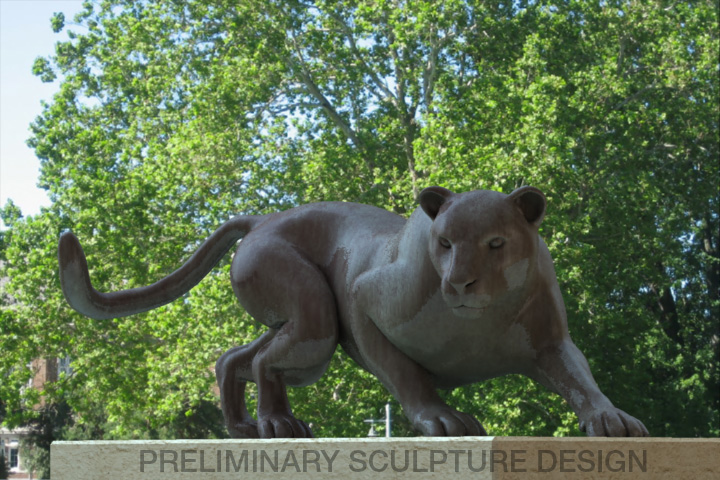
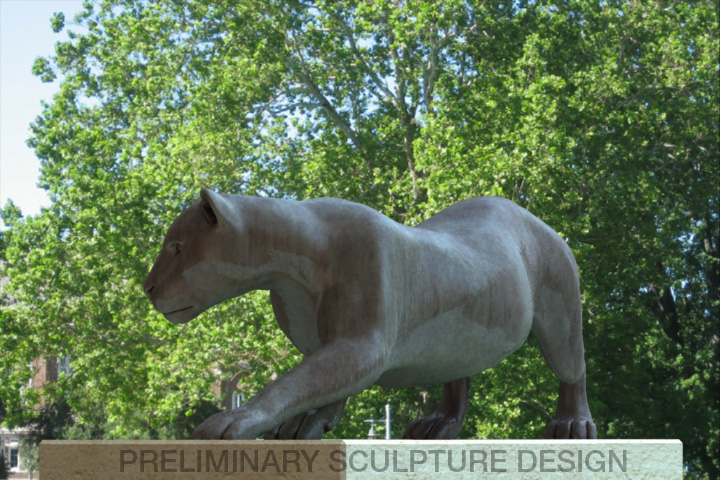
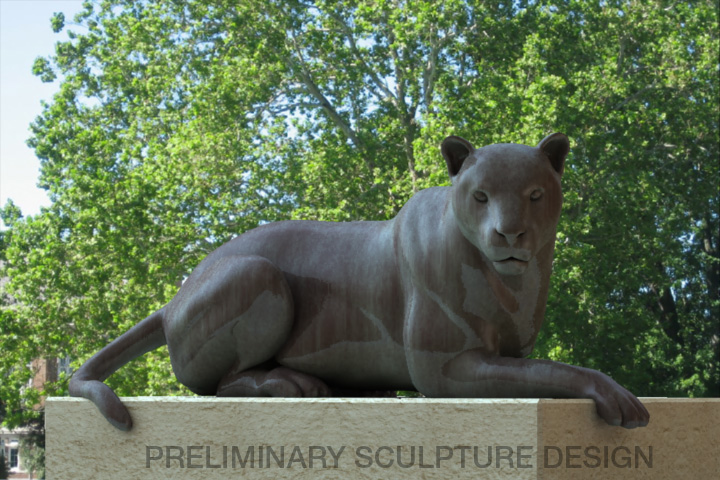

Thinking About Big Cats
As I work on the designs of the college mascot for Prairie View A&M University, I am thinking about big cats.

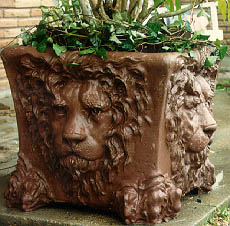
One Last Look at The Prairie View A&M Poses
My client, Prairie View A & M had some revisions and wanted an adjustment to poses. These were sent to them today. We are behind about 3 weeks on our deadline. Once we have these approvals I’ll be working closely with my vendors. Synappsys Digital Services is going to enlarge and mill this out for me in foam creating a large foam armature. I am trying to secure an apprentice to assist me for the next three weeks of very long days. I actually only have two weeks to sculpt this to get back on schedule. I am not sure that is physically possible, but if I score and secure the intern/apprentice I hope to get, I think I will be fine. Tired but fine!
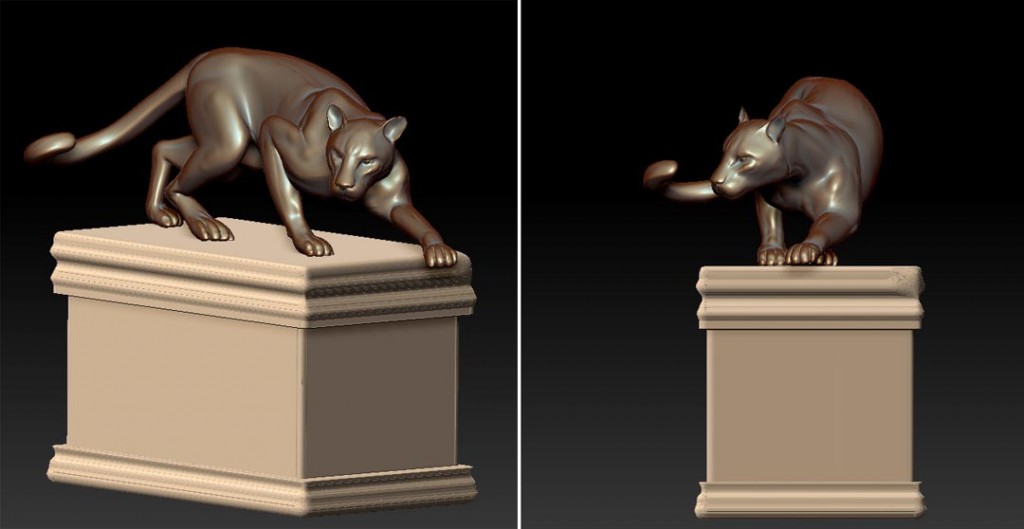
These are digital sketches. Created using a 3d model found in Content Paradise and using Carrara to pose it, Mudbox and Zbrush to work on the some of the detail. It is impossible to get exactly what we want to see in a large sculpture.
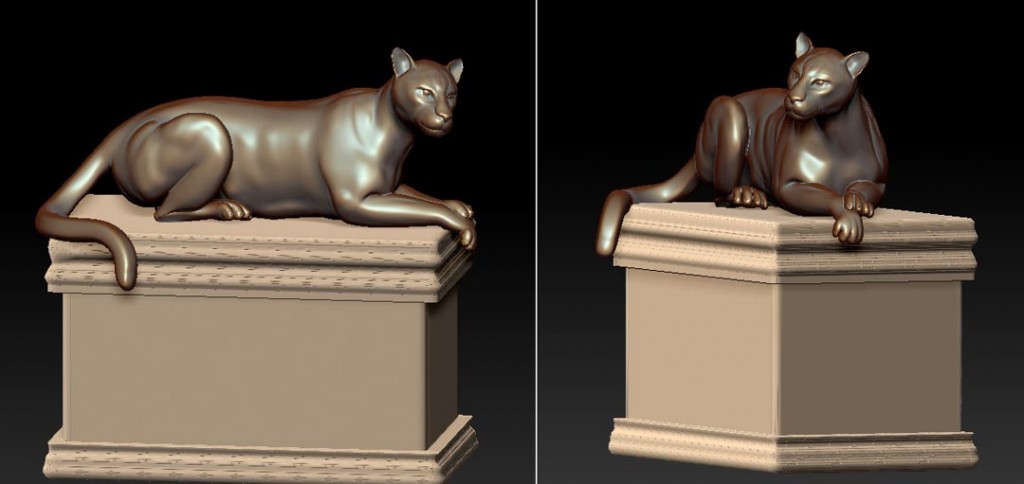
There are several reasons. Just as it would be difficult creating a small maquette in clay that would be enlarged to a big cat. A sculptor sculpts to the eye and how it is viewed. The eye sees things differently large than it does small, and some things just won’t translate. That is why my client will be asked to approve the final sculpted piece before it goes to bronze.
To see these images larger, just click on each. I can’t wait to get the armature back and work on this.
Searching For a Final Pose
I should know which sculpture Prairie View A&M will pick. For those looking for still images instead of the images in the video showing all sides of the sculpture, here are stills of the 5 poses.
As I told my client- Please remember these are just sketches. Most artists do pencil sketches. I like these 3d models as we can get a feel for what a pose looks like from all sides. Once we pick a pose I can then do the detail on the sculpture, add muscle and more panther structure, and will send that to my client. When I do, I will be sure to send them close up of the face and expression as well as the figure. Even more detail will come with the large sculpture created in clay.


Announcing- Panther Plaza – Prairie View A & M University; Prairie View, Texas

I have been awarded a new sculpture commission. I will be creating a 1 1/2 size bronze Panther for Prairie View A & M University in Prairie View, Texas. A typical panther is 7 feet from nose to tail, so my sculpture will be 10 1/2 feet, depending on the design of the tail of course.
This project has a very tight deadline, and is due to be installed November 11th. 5 months to create designs, get approvals, create final maquette and then sculpt a large panther, as well as put it through the foundry process is a very, very tight deadline. With our additional digital tools at B. Mongeon Sculpture Design Studios, and my incredible business partner, Mike de la Flor, we will be able to make the deadline.
I have been given permission by Prairie View A & M to document my process, which I will do on my blog. We are also going to make an internet presence for the project so that students can watch the development of it. This will most likely be on Facebook. The panther is for the new student life building. I am so proud to be a part of this project.
NOTE:
- These are only sketches
- The patination or color of the panther will be different on the bronze sculpture
- I do not know the size or design of the base .It is being provided and the size and design will play an important part in the design process.
- I’m also waiting to hear on how the sculpture is viewed.
I love the 3d models, we can easily make changes to show clients and seeing a sculpture from all sides is so much better than having a few hand drawn sketches. Once an approval is obtained on a pose and direction, I will be sculpting this digitally in Mudbox or Zbrush for final approval.
More details on process in future posts.
Ah, I would love to know what pose you like. Feel free to weigh in on your opinions.
_________________________________________________
Bridgette Mongeon is a sculptor, writer, illustrator and educator as well as a public speaker.
Her blog can be found at https://creativesculpture.com.
She is also the owner and creator of the God’s Word Collectible Sculpture series
Follow the artists on twitter twitter.com/Sculptorwriter twitter.com/creategodsword
Facebook http://www.facebook.com/bridgette.mongeon
Listen to The Creative Christian Podcast or the Inspiration/Generation Podcast Click on Podcast Host Bios for a list of all podcasts.
Listen to the Art and Technology Podcast





